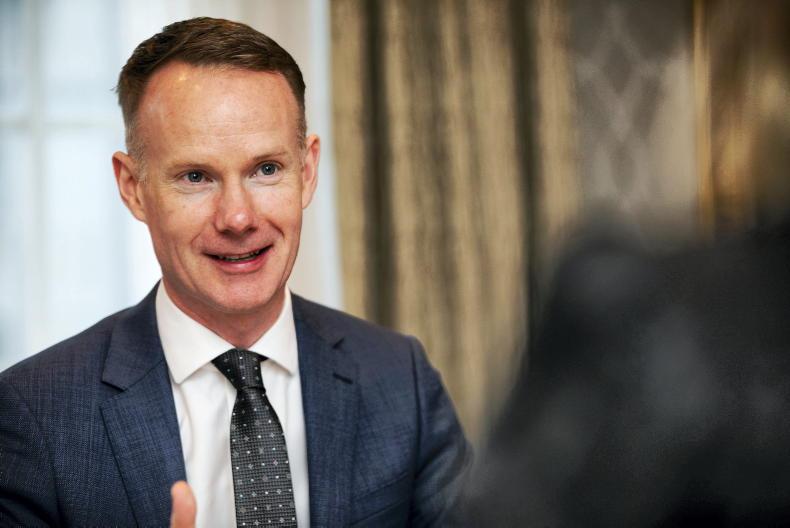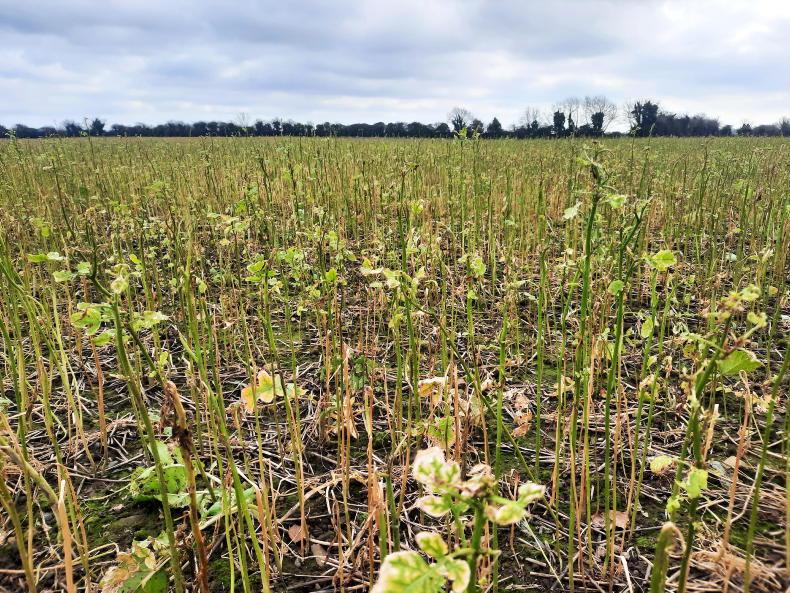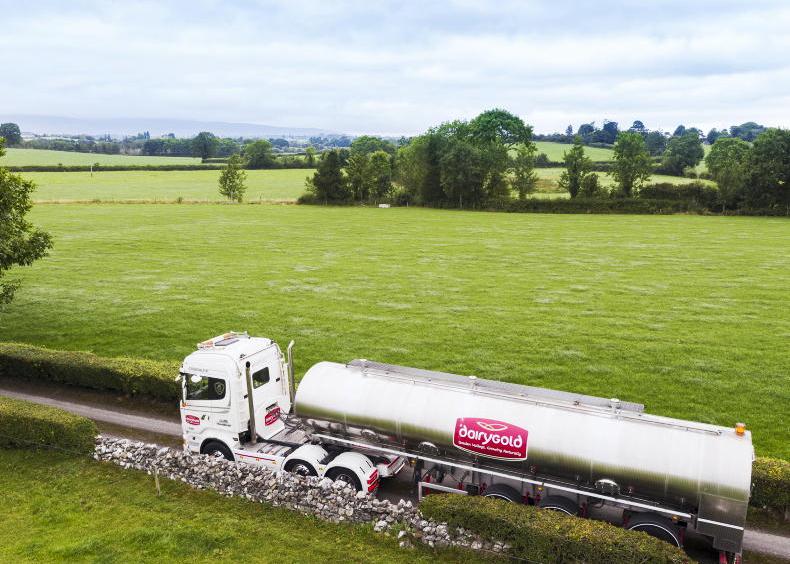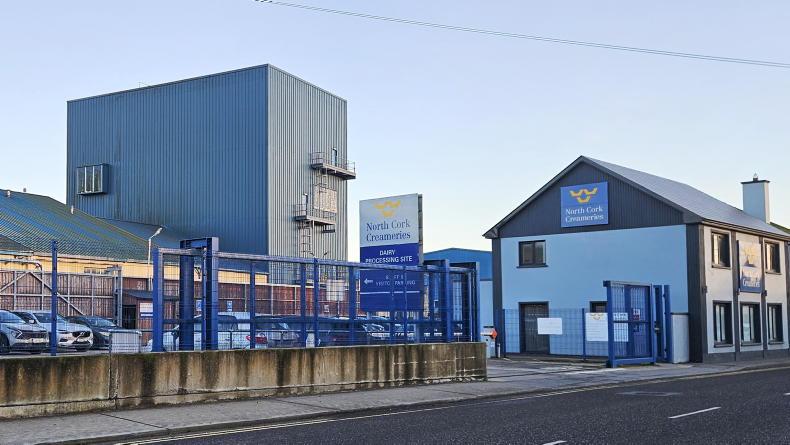Speaking at the Teagasc National Dairy Conference in Cork, Dairygold CEO Conor Galvin said there has been a correction in the market, but that milk prices are still significantly above 10c/l higher than the long-term average.
Speaking on the subject of sustainability and new environmental restrictions, he said that the challenge over the next few years is to “retain what we have spent the last decade building up and to take actions to hold on to what we have”.
The measure recommended by the Food Vision dairy report to allow existing dairy farmers to voluntarily exit the sector should be discussed, according to Dairygold Co-op CEO Conor Galvin.
Provided the support and guidance is there for a just transition, it needs to be on the table, he said.
Sustainability actions
He encouraged the farmers in attendance to take on the sustainability actions as proposed by Teagasc and said that Dairygold is about to launch a new sustainability programme called Grass Roots, with a rebate for farmers who purchase protected urea.
He said that Dairygold is going to significantly increase the number of water quality advisers it has on the ground to support milk suppliers as they try to improve water quality.
When asked about the impact of changes to the nitrates derogation from 250kg to 220kg, he said that there will be pressure as a result of the change, but that they are waiting for further clarity but that they are not forecasting significant drops in milk supply as a result of the changes.
Milk price
He made no commitments on milk price, but said that rising costs of production puts a floor under global milk supply because farmers won’t produce milk under the costs of production.
“If there isn’t at least a marginal profit to producing a litre of milk on a lot of farms globally, then that milk won’t be produced.
"Gas prices have strengthened. For as long as costs stay high, it’s going to mean that there is a floor on what a lot of milk-producing regions will produce milk at.
The last six months have been more challenging from an affordability equation
"If it’s not returning, the milk will not be produced and if the milk is not there, it will support milk price.
“We are probably entering a different phase in terms of the economics of milk production and the value of milk, which is driven by the costs of production.
"The demand is still there and increasing, but the last six months have been more challenging from an affordability equation,” Galvin said.










SHARING OPTIONS